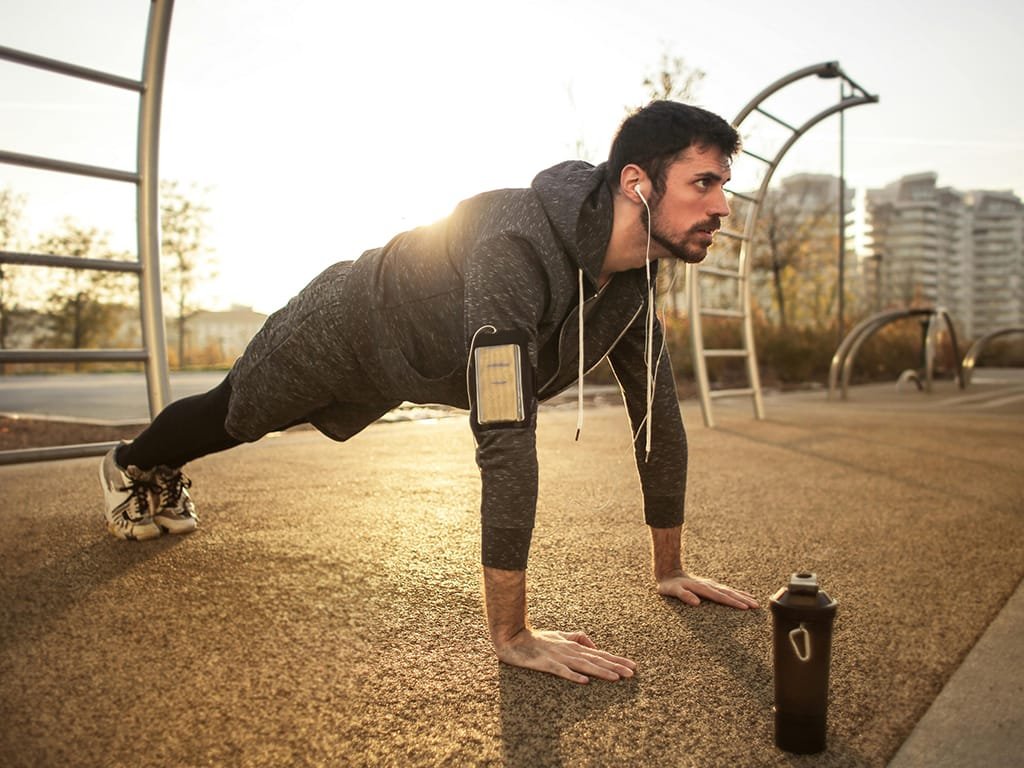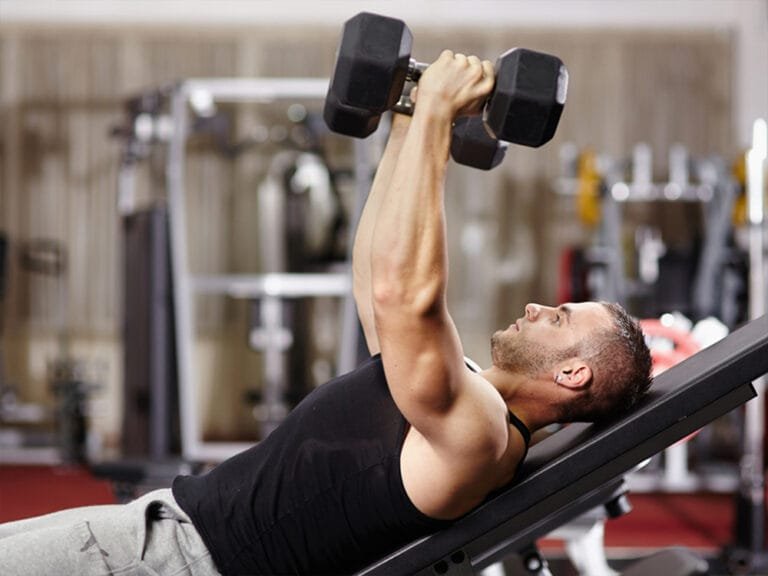The Best Fluffy Pancakes recipe you will fall in love with. Full of tips and tricks to help you make the best pancakes.
Unlocking Wellness: A Full Practice of Somatic Work, Stretching, Yoga, Movement, and Body Scans.
Ever thought about how listening to your body could make you feel better? Somatic workouts, stretches, and movements help connect your body and mind. This guide will show you how these techniques can change your life. It highlights the importance of body scans in this journey.
Table of Contents
ToggleYou can boost your health by combining exercise with a strong mind-body connection. You’ll find a new way to relax and ‘reduce stress’.

Understanding the basics of ‘somatic practices’ can improve your mental and physical health.
Somatic workouts and stretches focus on body awareness and internal experiences.
A body scan is a powerful tool for promoting relaxation and alleviating stress.
Incorporating ‘somatic techniques’ into your routine supports a harmonious mind-body connection.
Regular practice can lead to significant improvements in your well-being.
the Basics of ‘Somatic Practices’
Knowing the basics is key to diving into ‘somatic practices’. ‘Somatics is about connecting your ‘mind and body’. It helps you become more aware of your body, improving your well-being.
Defining Somatics
‘Somatics is about being aware of your body and how it feels. It’s about moving in a way that lets you understand your body better. This approach helps you connect with your body on a deeper level.
History and Origin of Somatic Techniques
The roots of somatic workout techniques go back to Thomas Hanna’s work. He showed how important it is to connect our minds and bodies. His ideas have grown into many different ‘somatic practices’ we use today.
Key Principles of Somatic Movement
Knowing the basics of ‘somatic practices’ is important. The main principles are:
- Aware Sensation: Paying attention to how your body feels right now.
- Reflexive Movement Patterns: Discovering and exploring natural movements your body makes.
- Internal Experiences: Focusing on your own feelings and experiences, not what others think.
Understanding these principles helps you see how ‘somatic practices’ can change your life for the better.
Benefits of a Somatic Workout
Doing a somatic workout has many benefits. It’s not just about getting fit. It helps you understand your body better and feel your emotions more clearly.
Enhancing Body Awareness
One big plus of ‘somatic movement is better Physical awareness. You learn to notice how your body feels and moves. This makes your movements more mindful and helps your overall health.
Reducing Stress and Anxiety
Somatic workouts can really help with stress and anxiety. They teach you to stay in the present moment. This calmness is good for your mind and helps you handle stress better.
Improving Physical Health and Wellness
Somatic workouts also boost your physical health. They make you more flexible and strong. Plus, they can help with chronic pain by improving how your body moves.
| Benefits | Description |
|---|---|
| Physical Awareness | Development of heightened sensitivity to bodily sensations and movements. |
| Stress Relief | Reduction of stress and anxiety through mindful practices. |
| Physical Health | Improvement in flexibility, strength, and reduction of chronic pain. |
Incorporating Somatic Stretch into Your Routine
Adding a ‘somatic stretch to your daily routine boosts your physical and mental health. It helps release tension and increases Physical awareness. This section will show how stretching is key and provide easy stretches for beginners.
Importance of Stretching for Somatic Movement
Stretching is vital in ‘somatic practices’. It boosts flexibility, improves blood flow, and releases muscle tension. Regular stretching deepens your body connection, making you more mindful.
By focusing on how your body feels, you improve your ‘somatic experience. This lets you truly understand your body’s sensations.
Simple ‘Somatic Stretches for Beginners
For newcomers, simple stretches are a great starting point. Here are some exercises to try:
- Neck Rolls: Roll your head in circles to relax your neck and release tension.
- Shoulder Shrugs: Lift your shoulders to your ears, then drop them. This eases upper body stress.
- Side Bends: Stand with feet apart and stretch one arm up, leaning to the other side. Switch arms to stretch both sides.
- Cat-Cow Stretch: On all fours, move from arching your back (cat) to dipping it (cow). This stretches your spine.
These simple stretches can make you more flexible, grounded, and relaxed. They help with stress and improve your body language. Try adding these stretches to your daily routine for the best results.
Exploring Somatic Yoga
‘Somatic yoga’ is a special way to connect with your body. It’s different from traditional yoga, which focuses on perfect poses. ‘Somatic yoga’ helps you feel a deeper bond between your ‘mind and body’.
How Somatic Yoga Differs from Traditional Yoga
Traditional yoga aims for perfect poses and alignment. ‘Somatic yoga’, on the other hand, encourages you to ‘listen to your body’. It makes you more flexible and lets you adjust poses based on how you feel.
This approach makes each session a personal journey. It’s about being mindful, not perfect.
The Role of Breathwork in ‘Somatic Yoga’
Breathwork is key in ‘somatic yoga’. It helps you connect movement with calm. By focusing on your breath, you improve energy flow and mind-body connection.
Intentional breathwork makes your practice more powerful. It helps release tension and stress, making you feel more alive.
Connecting Movement and Mindfulness
‘Somatic pilates links movement with ‘mindfulness’. It lets you explore feelings in each movement. This way, you learn to ‘listen to your body’s wisdom.
As you practice, ‘mindfulness’ makes each session a meditation. It boosts your mental clarity and emotional balance. This approach helps you become more aware of yourself and improves your well-being.
The Power of Somatic Movement
Somatic movement uses techniques to improve awareness and release emotions. It helps you understand how your body feels and eases tension. You can learn different ‘somatic movement techniques to use every day.
Types of Somatic Movement Techniques
- Tai Chi: A gentle form of martial arts focusing on flowing movements.
- Feldenkrais Method: Emphasizes movement awareness and improving function.
- Alexander Technique: Involves mindful control over body movements and posture.
- Body Mind Centering: Integrates Physical awareness and dance for self-exploration.
- Somatic Experiencing: A therapeutic approach to release trauma stored in the body.
How to Practice Somatic Movement at Home
Creating a comfortable space for your home practice is key. Find a quiet area where you can move freely. To practice ‘somatic movement effectively, follow these steps:
- Choose a specific ‘somatic movement technique that resonates with you.
- Set aside dedicated time for your practice, ensuring consistency.
- Focus on your breathing, allowing it to guide your movements.
- Explore movements that feel good and suit your abilities.
- Reflect on your feelings afterward, noting any changes or insights.
Practicing ‘somatic movement’ at home deepens your body connection. It allows for private exploration. Regular practice enhances well-being and resilience.

Understanding Body Scans
‘Body scan’ exercises help you notice physical feelings in your body. They let you find and release tension, leading to relaxation and health. Here, you’ll learn about ‘body scan’ benefits, how to add them to your day, and how to do a ‘body scan’.
What is a ‘Body Scan’?
A ‘body scan’ focuses on each body part, from head to toe. It makes you mindful of your body’s feelings. Doing ‘body scans’ daily can help you handle stress and connect with your body better.
Benefits of Incorporating ‘Body Scans’
‘Body scans’ do more than just relax you. They:
- Make you more aware of your body’s feelings.
- Lessen stress and anxiety, making you calmer.
- It helps you manage emotions better and face daily challenges with ease.
- Improve sleep and overall health by relaxing you.
How to Conduct a Body Scan Exercise
To do a ‘body scan’, follow these steps:
- Choose a quiet, comfy spot to sit or lie down.
- Close your eyes and breathe deeply to calm down.
- Start at your head, noticing any feelings without judgment.
- Move your focus down to your neck, shoulders, arms, and so on.
- Stop at each part to see if you feel any discomfort, tension, or calm.
- After reaching your toes, think about your whole experience.
Somatic Exercises for Daily Well-Being
Adding somatic exercises to your daily routine boosts both physical and emotional health. These practices improve Physical awareness and ‘mindfulness’. This lets you connect with your body on a deeper level. Here are some great somatic exercises to boost your daily well-being.
Examples of Effective Somatic Exercises
- Physical Awareness Meditation: Spend five minutes focusing on different parts of your body. Start at the toes and move up. Notice any ‘sensations, tension, or relaxation.
- Gentle Stretching: Do stretches that target tense areas, like the neck and shoulders. Hold each stretch for at least 30 seconds.
- Intentional Breathing: Breathe deeply through your nose and out through your mouth. Focus on your chest and abdomen rising and falling. Repeat for three to five minutes.
- ‘Grounding Exercise’: Stand or sit comfortably. Feel your feet on the ground. Imagine roots from your soles connecting you to the earth.
Creating a Routine Around ‘Somatic Practices’
Make ‘somatic practices’ a regular part of your life. Here are some tips:
- Begin with 5 to 10 minutes each day for “somatic exercises.
- Choose a specific time, like morning or evening, for regular practice.
- Make a calm space, free from distractions, to focus better.
- Keep a journal to track your experiences and changes in well-being.
Customize these practices to meet your needs for daily well-being. As you grow, adjust your routine and exercises to fit your changing life.
Mind-Body Connection and Somatic Therapy
The mind-body is closely linked, affecting our overall health. Simple Somatic therapy focuses on this connection, helping with emotional and psychological issues. It goes beyond physical activity, improving mental health deeply.
How ‘Somatic Practices’ Support Mental Health
‘Somatic therapy helps us understand our body’s feelings, supporting mental health. It uses breathwork and gentle movements to release stress and anxiety. This awareness lets us spot emotional triggers in our body, helping us cope better.
Exploring Somatic Experiencing for Trauma
‘Somatic experience is great for trauma survivors. It helps face and release physical symptoms of trauma. This way, the body can heal from conditions like PTSD, trusting its own wisdom.
The Importance of Listening to Your Body
Listening to your body is key to wellness. Every ‘sensation’ tells us something about our emotions. Somatic therapy teaches us to tune into these signals, deepening our self-awareness. This skill improves emotional control and overall well-being.
| Benefits of Somatic Practices | Impacts on Mental Health |
|---|---|
| Improved Physical Awareness | Helps identify emotional triggers |
| Stress Release Techniques | Reduces symptoms of anxiety |
| Facilitation of Trauma Processing | Promotes healing from past trauma |
| Enhanced Emotional Regulation | Increases stability in mood |
Preparing for Your Somatic Workout
Getting ready for your somatic workout is key to getting the best results. Creating a perfect space for your practice helps you relax and focus. This setup is vital for connecting with your body during exercise.
Creating an Ideal Environment for ‘Somatic Practices’
To make a great space for your workout, follow these tips:
- Declutter your area: A clean space helps you stay focused and calm.
- Choose calming colors: Use soft, neutral colors to create a peaceful vibe.
- Incorporate calming scents: Essential oils or scented candles can make you relax.
- Play soft music: Gentle music sets the right mood for your practice.
Setting Intentions for Your Session
Before you start, take a moment to set your intentions. Think about what you want to achieve. Your goals might be:
- Reducing stress or anxiety
- Improving Physical awareness
- Increasing mindfulness and presence
Aligning your mind with your body’s movements helps you grow and change. It sets the stage for personal growth in your practice.

Conclusion
This guide on somatic full practice has come to an end. We’ve looked at many somatic workouts, like yoga and stretching. We’ve also talked about how ‘body scans’ can calm us down. These practices help us connect our minds and bodies better.
They do more than just make our bodies feel good. They help us become more aware of our bodies. They also ‘reduce stress’ and make us feel emotionally better.
Adding a somatic workout to your daily life is a great idea. It gives you tools to live a better life. Whether it’s doing ‘somatic yoga’ or just doing a ‘body scan’, it all helps your well-being.
Try out different somatic techniques and see how they fit into your life. These practices improve your physical health and help your mind and emotions. They lead to lasting well-being and energy.
FAQ
What is somatic movement?
Somatic movement can benefit from focusing on how your body feels inside. It helps you become more aware of your body and connect benefit your mind and body better. It includes activities like ‘somatic yoga’, stretching, and gentle exercises.
How can somatic practices benefit my mental well-being?
Somatic practices can lower stress and anxiety. They help you manage your emotions and become more aware of your body. These benefits are good for your mental health, helping with conditions like post-traumatic stress disorder.
What are some examples of somatic exercises I can do at home?
You can do simple exercises like stretching, breathing exercises, and ‘body scans’ at home. These help you feel connected to your body and relax. They’re easy to fit into your daily life.
How does a body scan work?
A ‘body scan’ is a practice where you focus on different parts of your body. You look for tension or discomfort and try to relax. It’s done while sitting or lying down and improves ‘body awareness’.
Are there specific advantages of incorporating ‘somatic yoga’ into my routine?
Focuses on feeling your body inside, not just how it looks. It uses breathing to relax and encourages a mindful way of moving. This deepens your connection with your body.
What should I consider when preparing for a somatic workout?
Make your space perfect for your somatic practice. Clear out clutter, play calming music, and use scents. Set your intentions to focus better and enjoy your practice more.
How can I listen to my body in ‘somatic practices’?
Listening to your body means paying attention to how you feel. Notice feelings, emotions, and tension. Focus on your body’s feelings, not on how you look or move.
What types of somatic movement techniques can I explore?
You can try tai chi, gentle yoga, and body-oriented exercises. Trying different techniques helps you find what works best for you. It promotes relaxation and reduces stress and emotional weight.
What are grounding exercises in somatic movement?
‘Grounding exercises help you stay in the present moment. They increase body awareness and relaxation. Simple breathing or mindful movements that connect you to the ground are examples.



